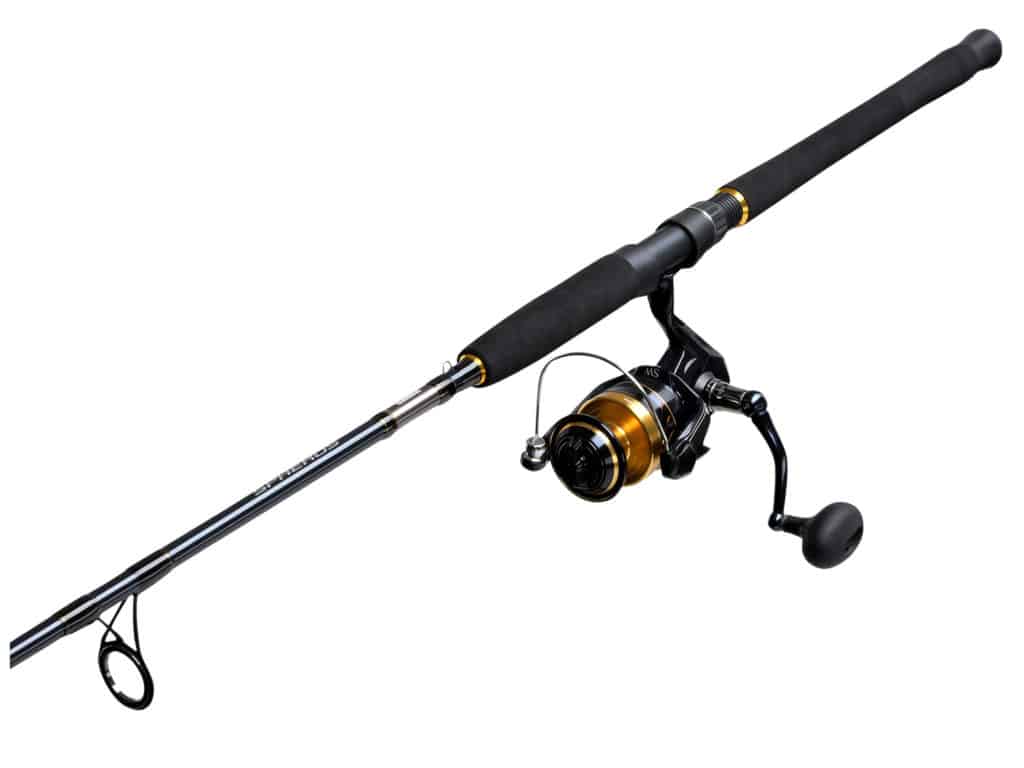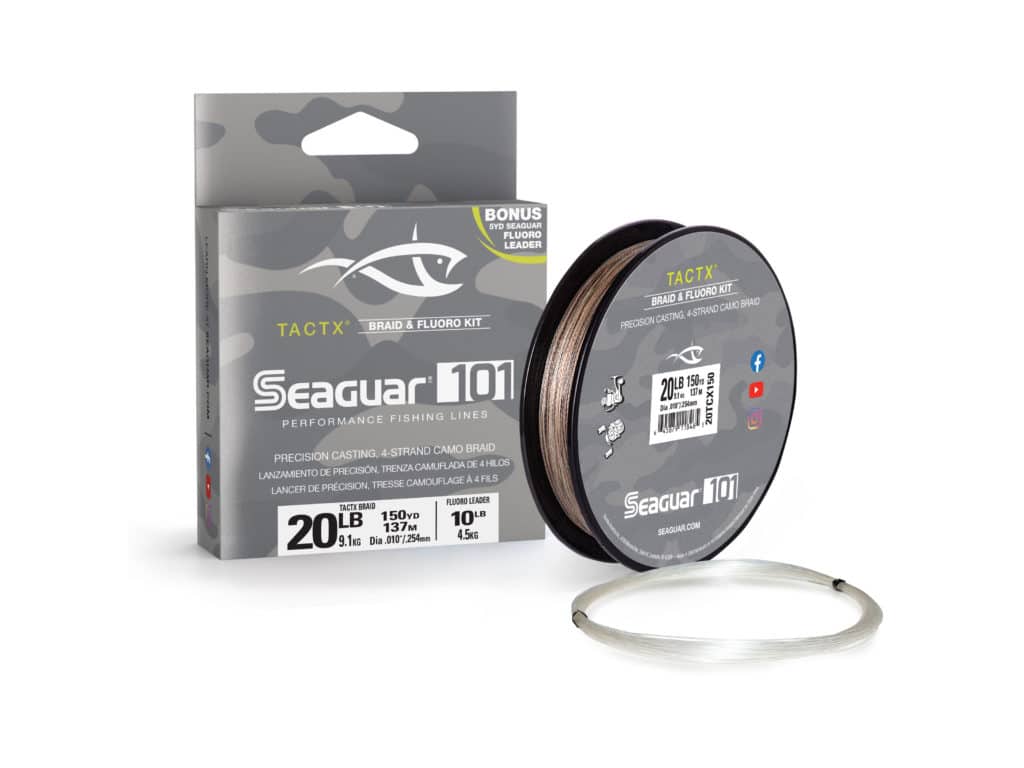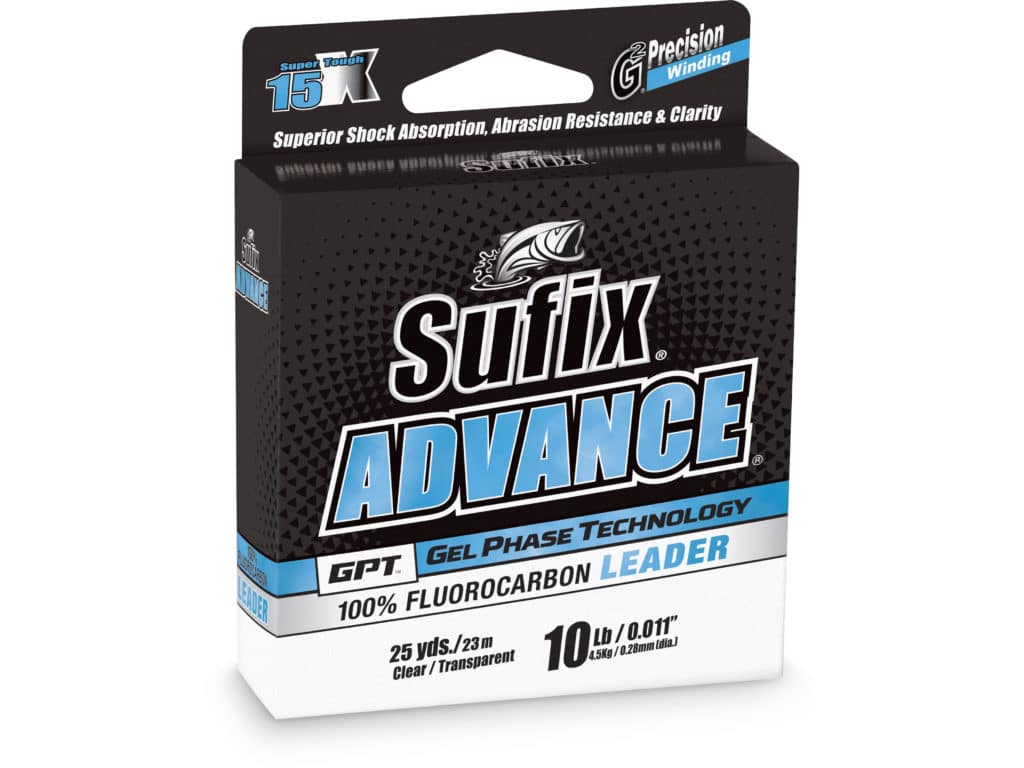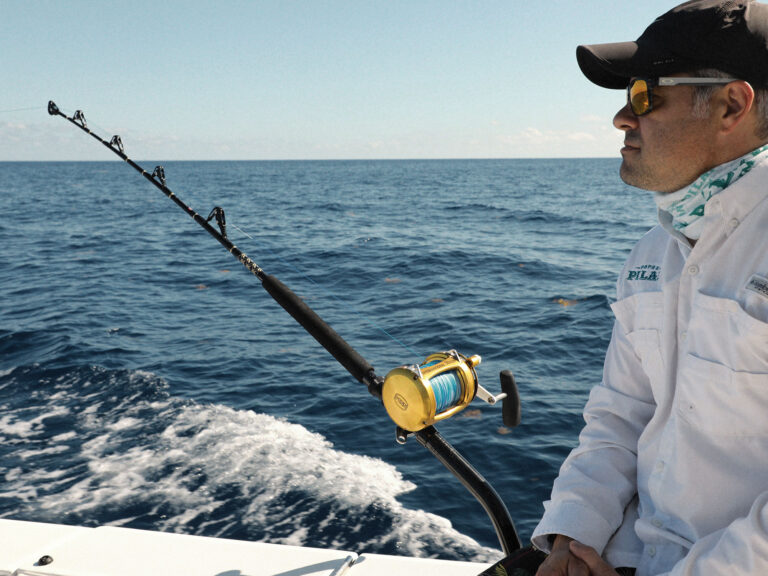
Late one evening a few years back, I was walking along the marina docks at Honokohau Harbor in Kailua-Kona, Hawaii, when I noticed a mate aboard one of the larger offshore fishing boats stripping the line off a well-used Shimano Tiagra. At his feet, in the aft of the boat, was an impressively large bird’s nest of monofilament. Three other matching Tiagras and their accompanying rods were leaning against the transom already stripped of their lines.
After a friendly greeting, I asked him why he was stripping all the reels. He told me that the owner of the boat and charter captain that ran the boat wanted lines replaced on all of the reels after each week’s worth of trips. The wear and tear on the line, he explained, could get pretty bad after a week of trolling, especially when targeting billfish and toothy species like ono (wahoo). The owner and captain didn’t want to risk breaking off a fish, because missing a fish could mean a bad tip, or even losing a repeat client. So, each week, the captain had the mate strip the old lines and re-spool with new.
When Replacing Fishing Line, There’s No Set Schedule

I’ve also spoken with big-game tournament guides who claim that when they are fishing big-money tournaments, they switch out lines every day of the tournament to ensure they are running lines in the best condition. Other guides have told me they rarely switch lines and do so only when they’ve broken or cut off so much line that there’s not enough left on the reel to cast or fight a fish. All these incongruent approaches to line replacement have left me perplexed as to how often to re-line my reels.
Over the years, I’ve chatted with dozens of guides about how often they switch to new lines for the reels they use with clients. Whether guiding inshore or offshore, there seems to be no consistency as to how regularly the pros switch out lines, which leaves me even more bewildered as to how often I should be changing out my fishing line. I’ve also spoken with several representatives from line manufacturers and distributers over the years, and as you might expect, they encourage changing lines frequently and consistently.
Admittedly, not only do I have inshore and offshore reels that are loaded with line I spooled this year, but I have reels that I haven’t switched out the line in more than 30 years—and I still use these reels and line. I also have boxes of line, some of which were bequeathed to me by my grandfather decades ago and some that I just bought this week. So, all of this begs the question: How often should we be switching out our fishing lines?
Like most fishing questions, there’s no easily identifiable correct answer. Instead, local context and personal preference should dictate. However, there are some key aspects of the new line question that influence how we can think about line replacement.
The Cost of Re-Spooling a Fishing Reel
One of the most obvious is cost. I’ll be honest, I have a lot of rods and reels. I simply cannot afford to re-spool all of them each year, especially with my penchant for higher-end lines. And given the numbers of reels I’d need to respool, the amount of time and the monotony would probably drive me insane if I tried to do them all at the same time. I am nowhere near organized enough to create a staggered schedule throughout the year—that would require spreadsheets, flow charts, apps, personal assistants, and such. So, let’s set cost and time aside for now.
Instead, let’s think through the factors that really dictate as to when to switch out line. To do so, we can account for the type of line we’re thinking about replacing, as that seems to be the overarching criteria that affects the decision about replacing line. The three most popular and most deployed line types—braids, monofilaments, and fluorocarbons—each have their benefits and draw backs, and because they are made from different materials, they each wear out at different rates.
Replacing Your Braided Fishing Line

Braided lines have the greatest longevity among the three popular line types. Braid is strong and durable and can maintain its strength for longer times than monos or flourocarbon. Braid, however, is often criticized because of its visibility, and companies that manufacture braided lines have spent a lot of R&D time finding ways to best color braid. The dyes that are used to color braid have a tendency to fade over time. Many anglers assume that because a braided line has faded that its strength has also degraded as well, and that may not be the case.
Even though braid is reliable, it can become worn and damaged through use. Fish teeth, gill plates, scales, or bills can all be abrasive and wear on braided line, as can pilings, rocks, and other structure. So, checking the business end of braid regularly can help you determine if you need to trim the line back or replace the full spool.
My buddy Capt. Chip Wingo, who fishes the backwaters of northeast Florida, recommends back spooling the braid when braid starts to show signs of wear by trimming off the worn parts and using what’s left as backing to the new line you’ll add. Likewise, another guide friend advises flipping the line on your spool by carefully stripping the line from the reel and then re-reeling it so that the line that was buried deepest on the spool now becomes the line that you’ll cast. (Basically, reversing the line so that the more used segment is now closest to the spool spindle and the freshest, most unused is what you’re tying to leaders and lures.)
Replacing Your Monofilament Fishing Line

Monofilaments—aka monos—are the most commonly used fishing lines. Monos are often made from nylon, although they can be made from or incorporate other materials. Despite their popularity, monos degrade the fastest. Monos are often praised because, unlike braid, they have a bit of give. Like my waistline, they stretch under pressure. However, they are also notorious for their memory. That is, monos often retain curls and bends when they are stretched or when they are stored for long periods of time. This is why mono is likely to “bird nest” in coils when you pull it from a spool.
Mono is also susceptible to decay caused by UV rays. Thus, monos deteriorate in the sun each time we use them. They last longer when stored in dark places, but even then, they are prone to more rapid decay than braids. Most of the guides and tournament anglers I work with who are attentive to their lines say they replace mono on their reels twice a year. Others say that once a year is enough, but they all tend to agree that mono needs to be replaced more often than braid.
Replacing Your Fluorocarbon Fishing Line

Fluorocarbon lines are similar to monofilaments, but usually have much higher tensile strength. As such, they are most popularly used as leader material. They gain this increased strength because the materials from which they are extruded have more densely compressed molecular structures. Despite its greater-than-mono strength and unlike the flexible monos, fluorocarbons can be very stiff. They also tend to have even greater memory than monos, often making them difficult to straighten after long periods of non-use.
I will admit that I don’t know anyone in salt water who spools their reels with fluorocarbon. There are just too many disadvantages to doing so. The expense alone makes doing so infeasible for most of us. Everyone I know who uses fluoro, uses them for leaders. However, if you are one of the few who spool entire reels with fluoro, given its characteristics, it is probably the line that needs to be refreshed most often—at least every year, if not twice a year.
Even knowing all of this about fishing line, it doesn’t really answer the question “How often should I change out the fishing line on my reels?” Some anglers might wait until their line is backlashed and knotted to oblivion. Others might leave old line on indefinitely if it’s not causing any problems. There’s no exact answer to any of this, so it truly comes down to personal preference and watching for when your line starts to wear out. Sometimes it takes losing a trophy fish to finally re-spool that reel.









